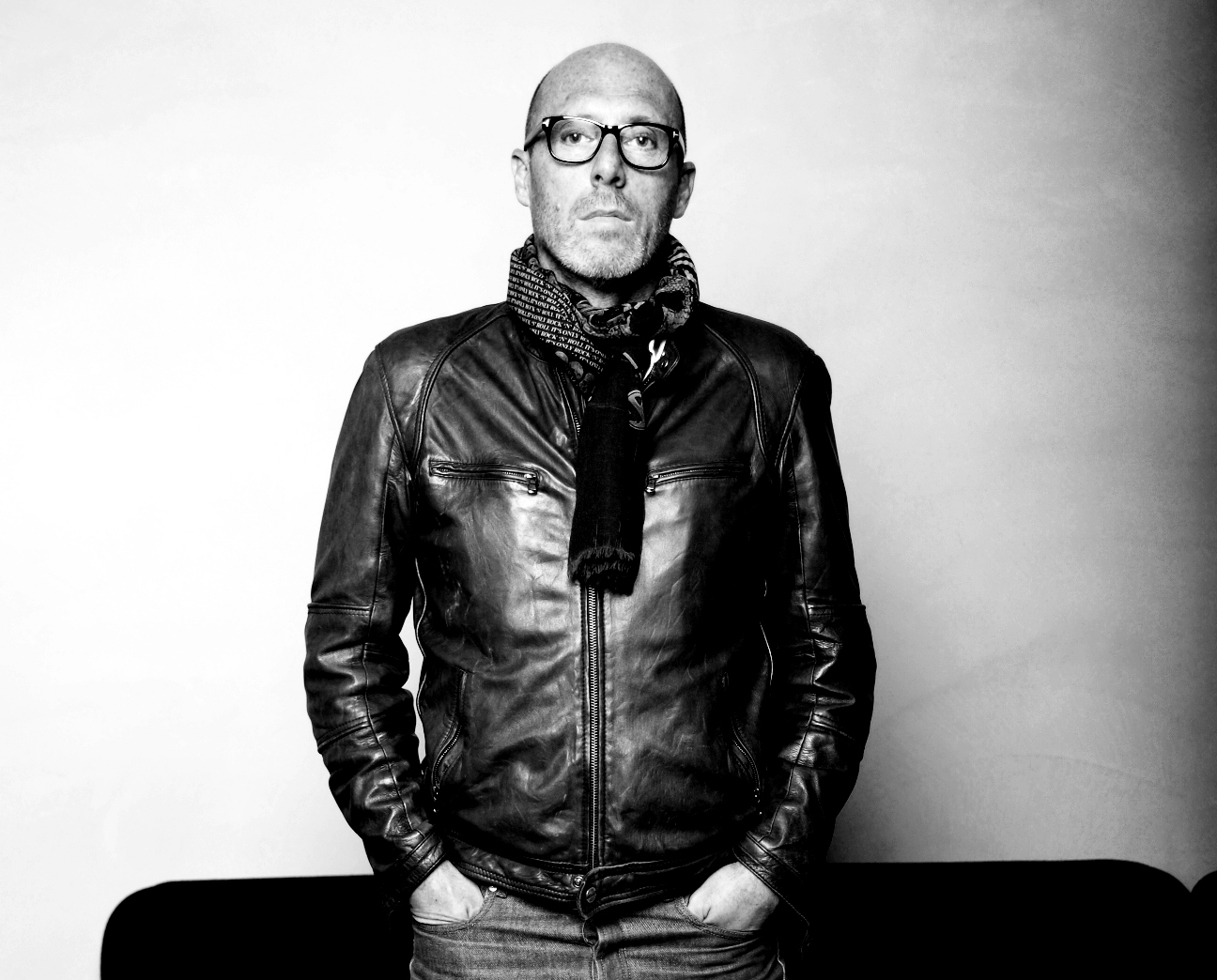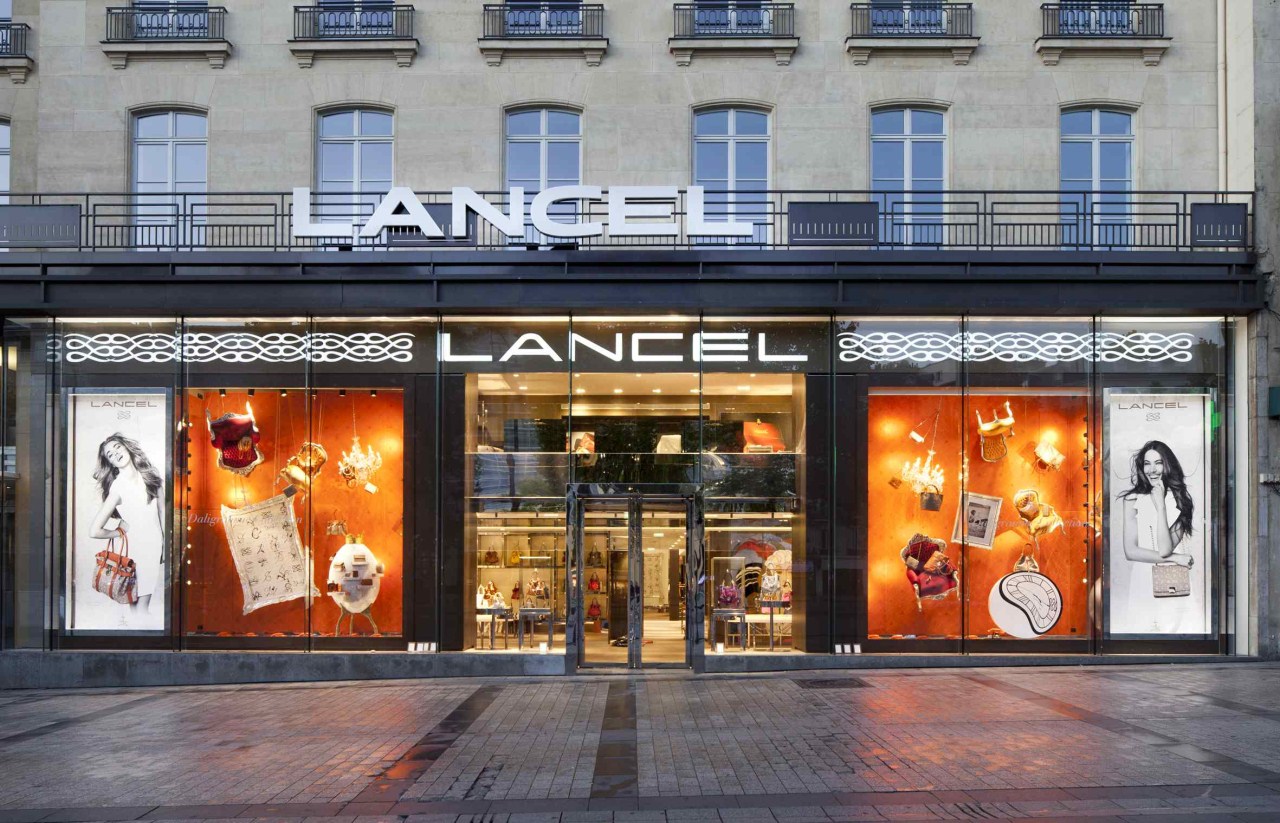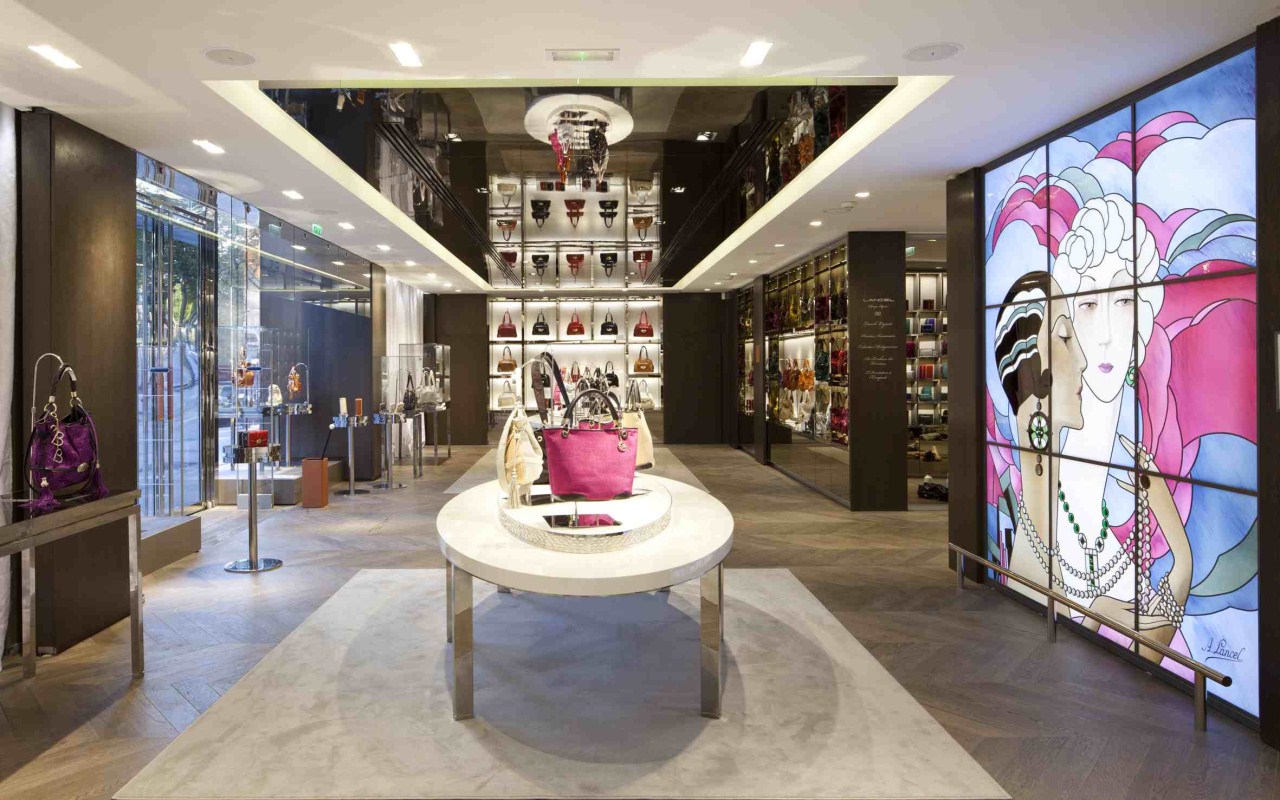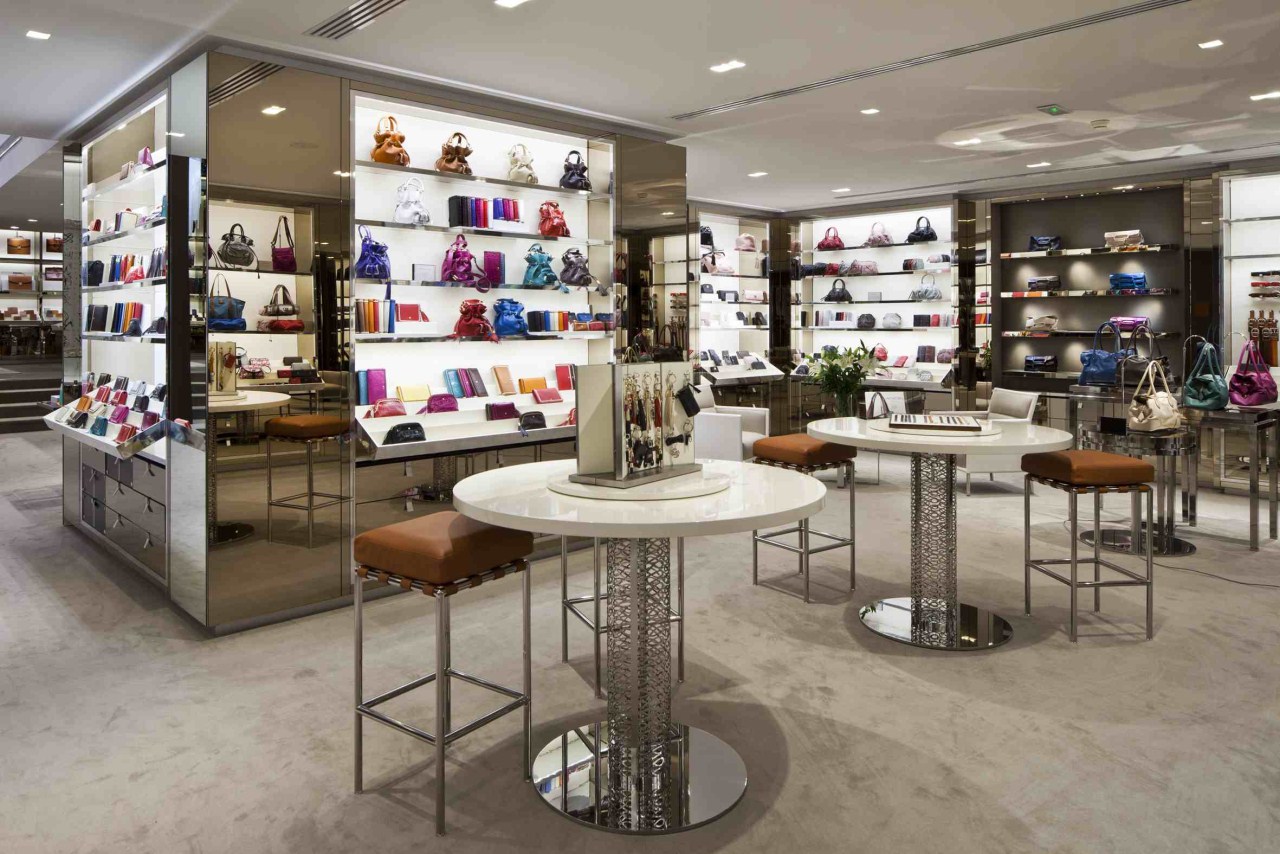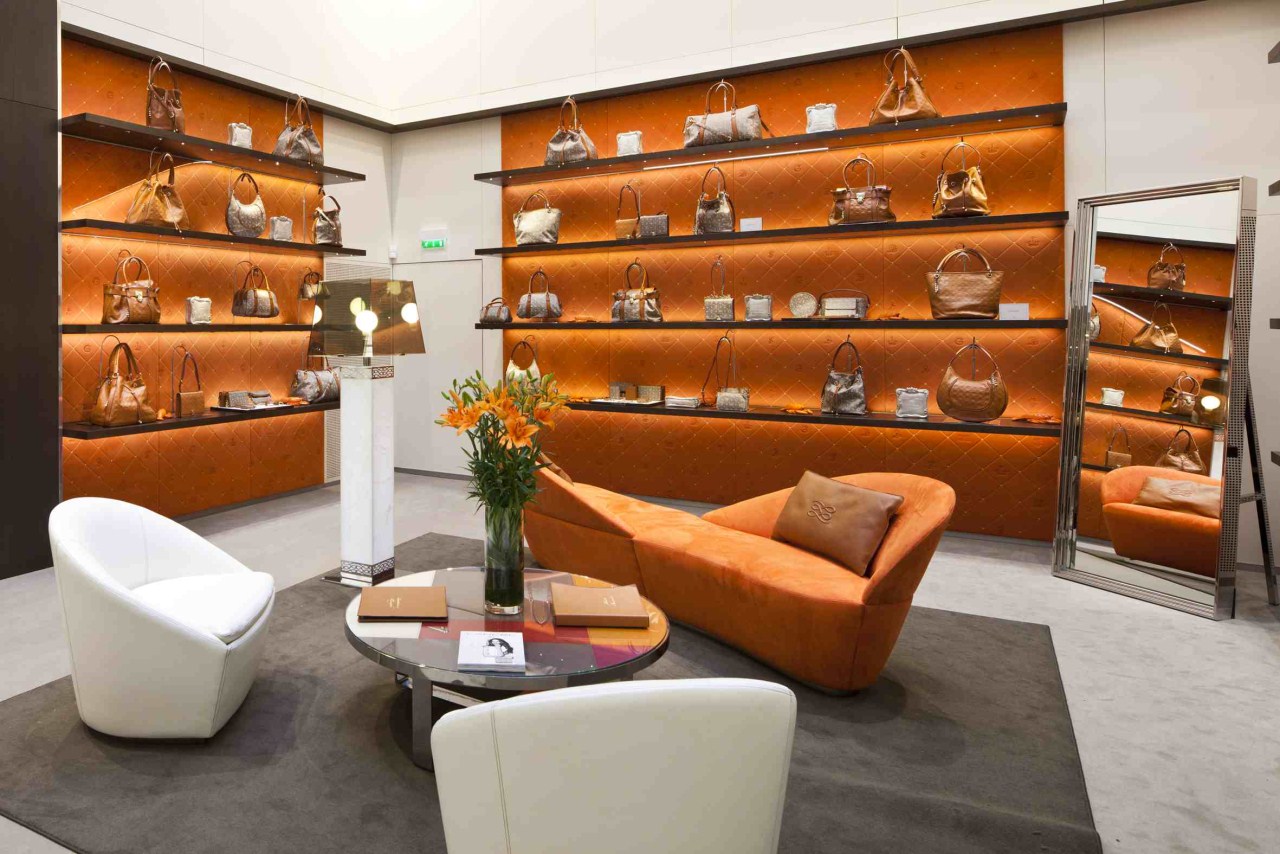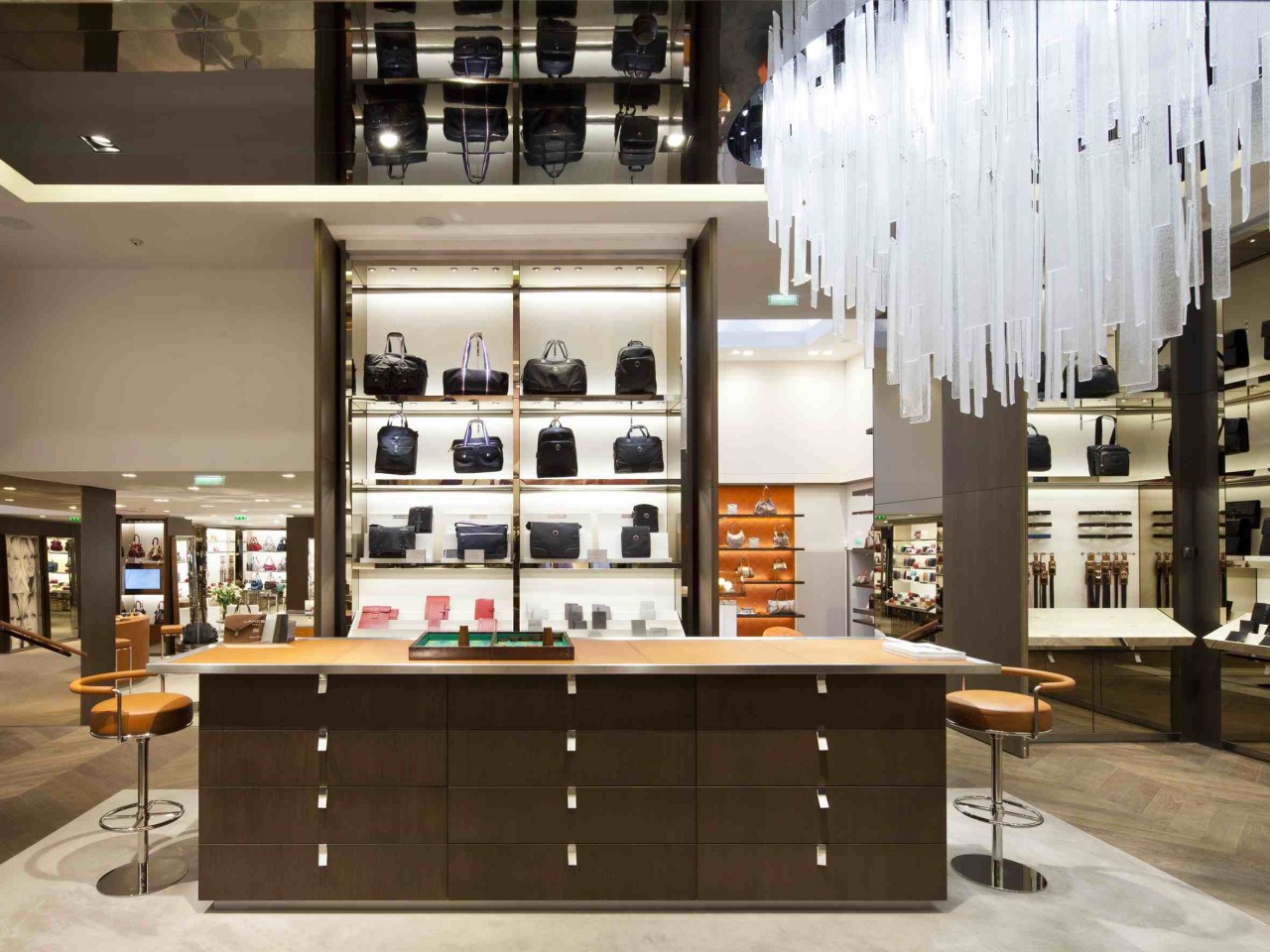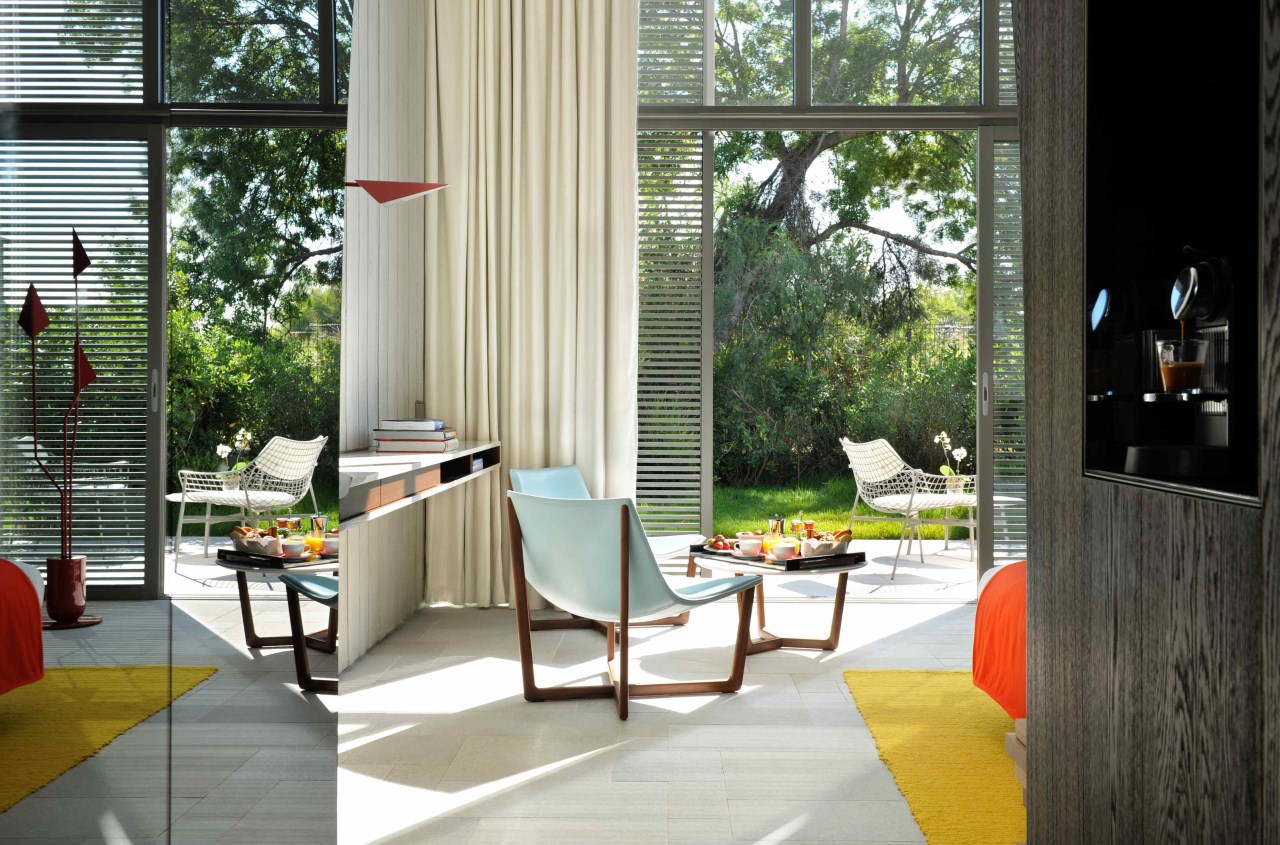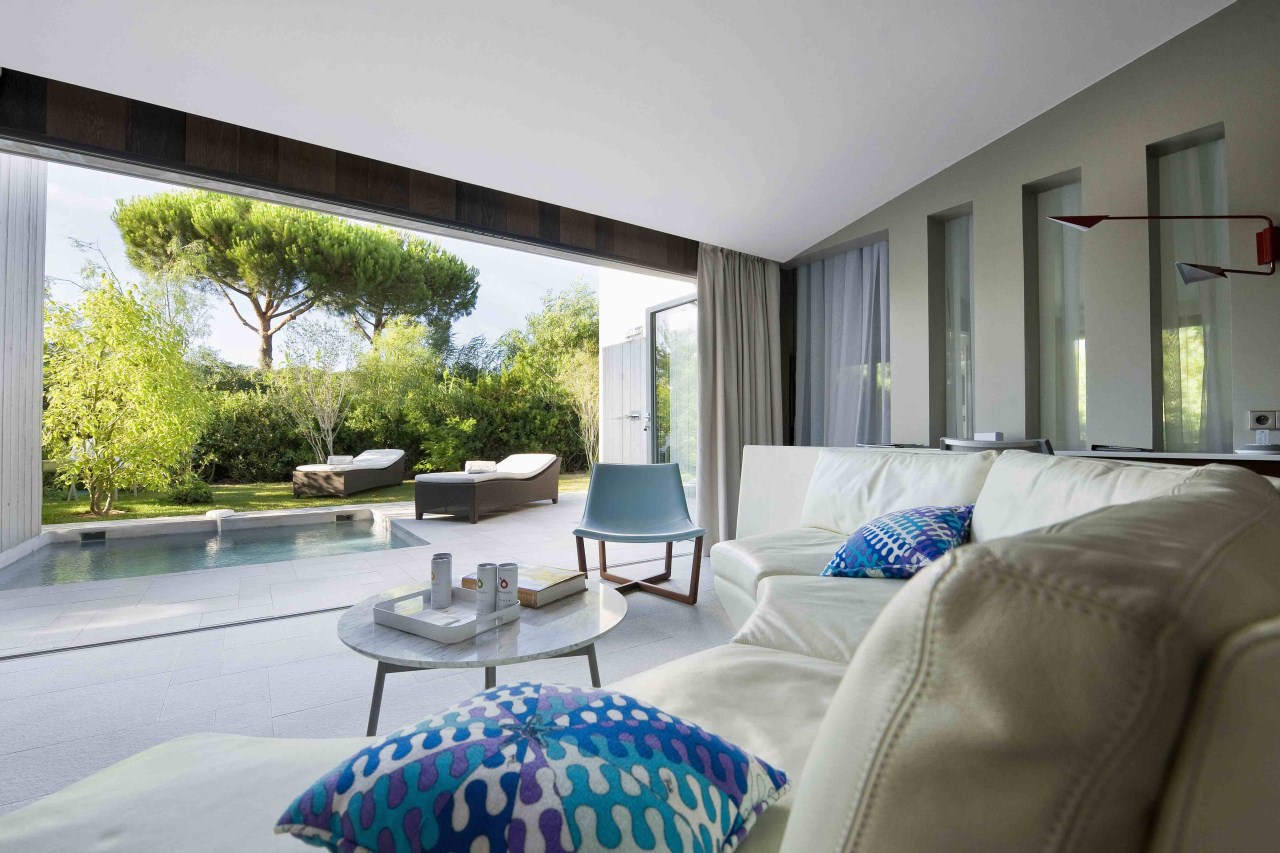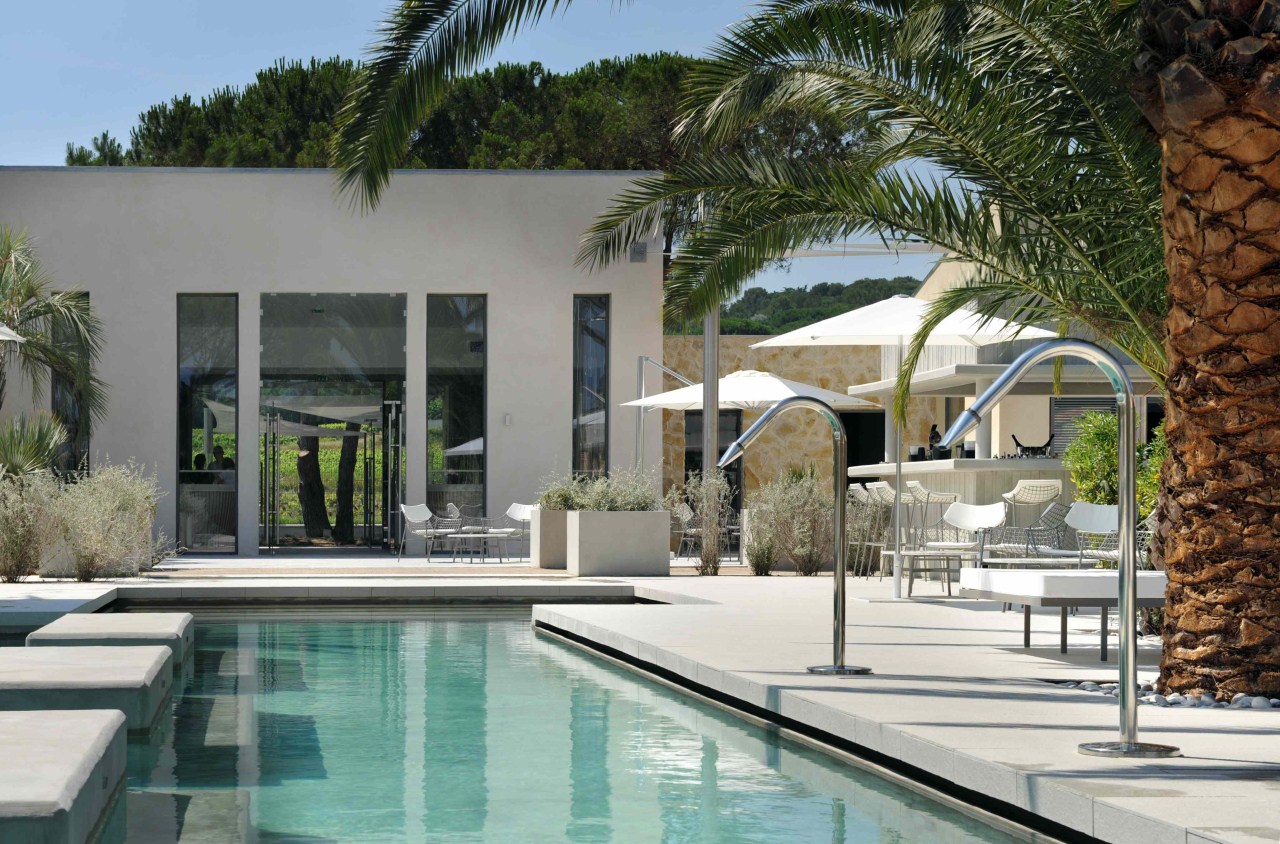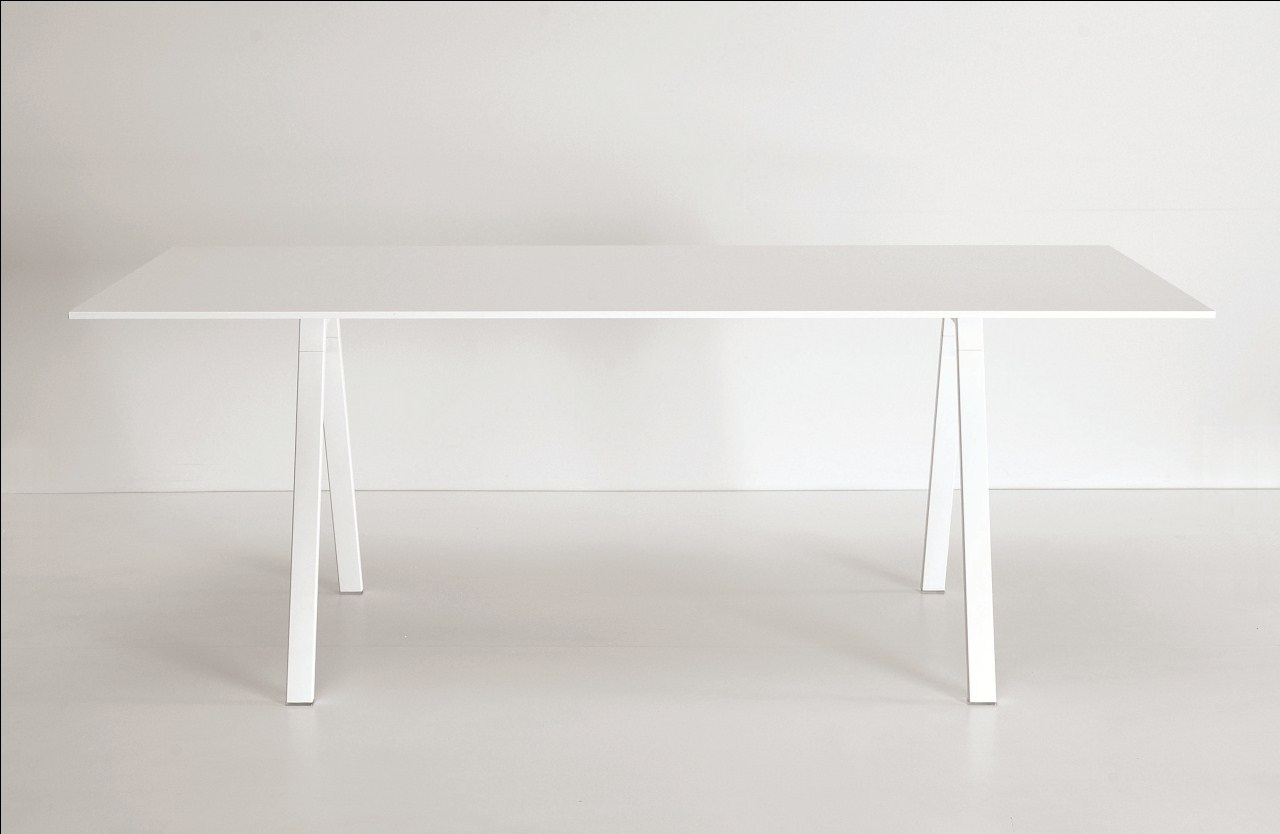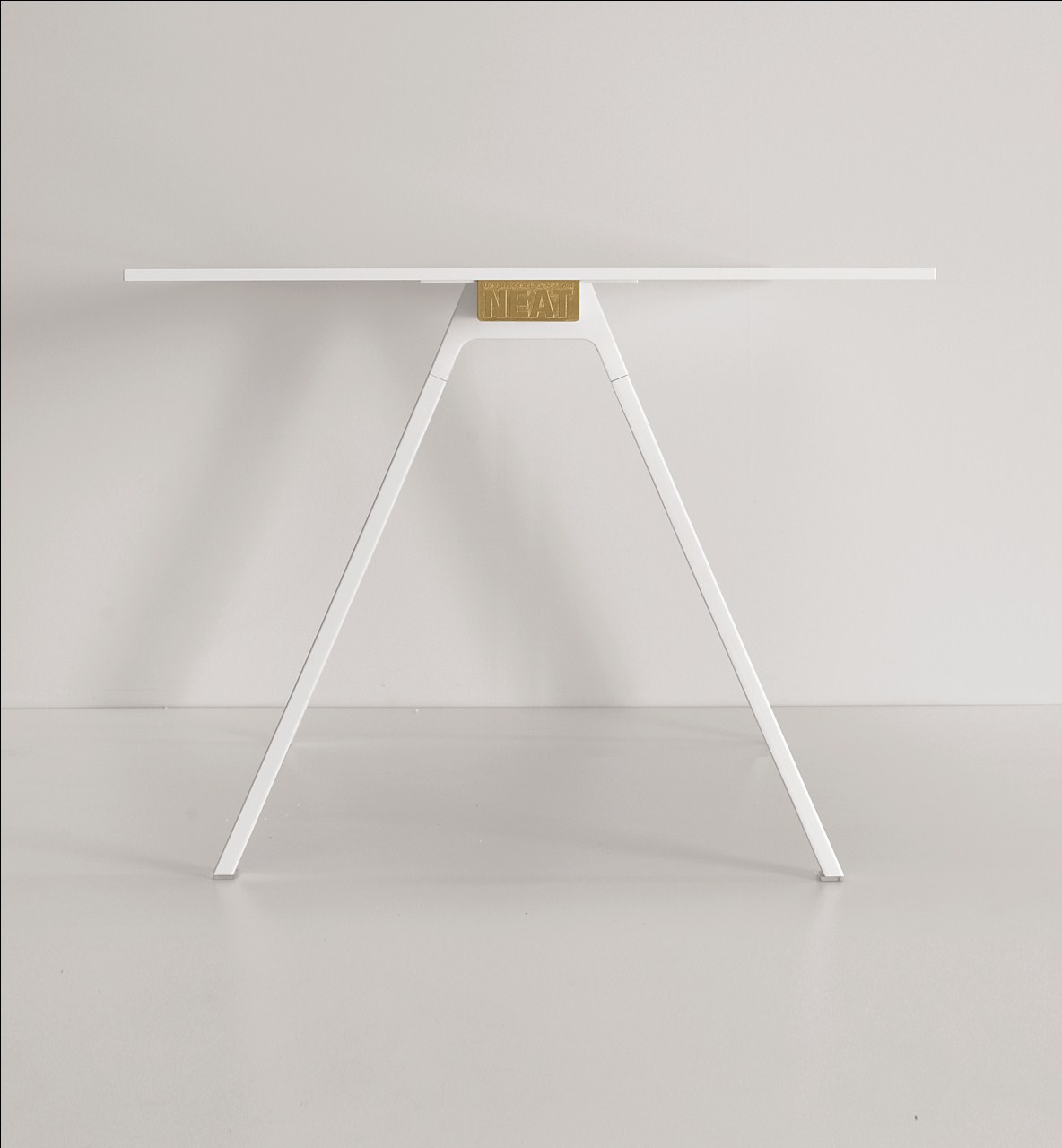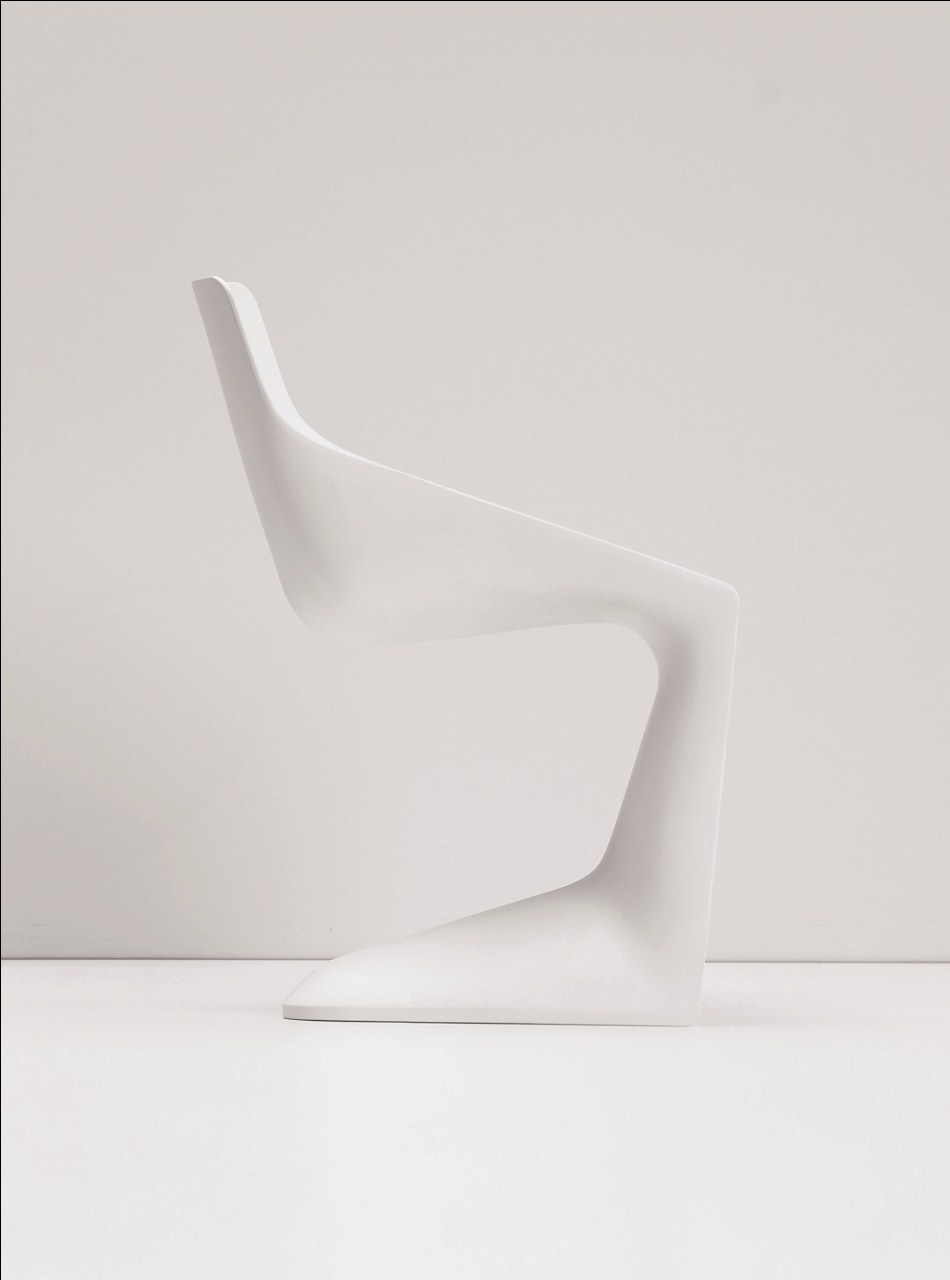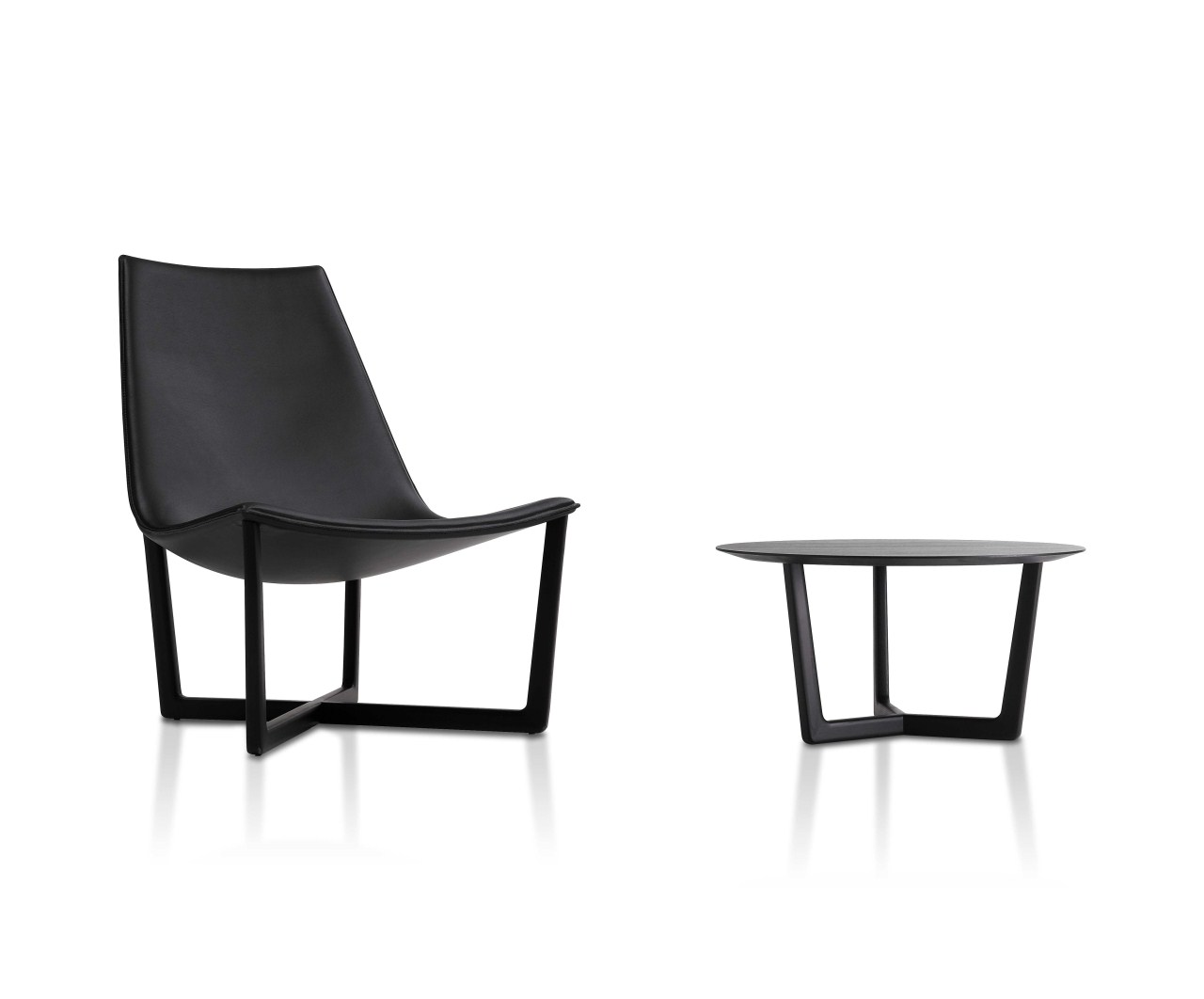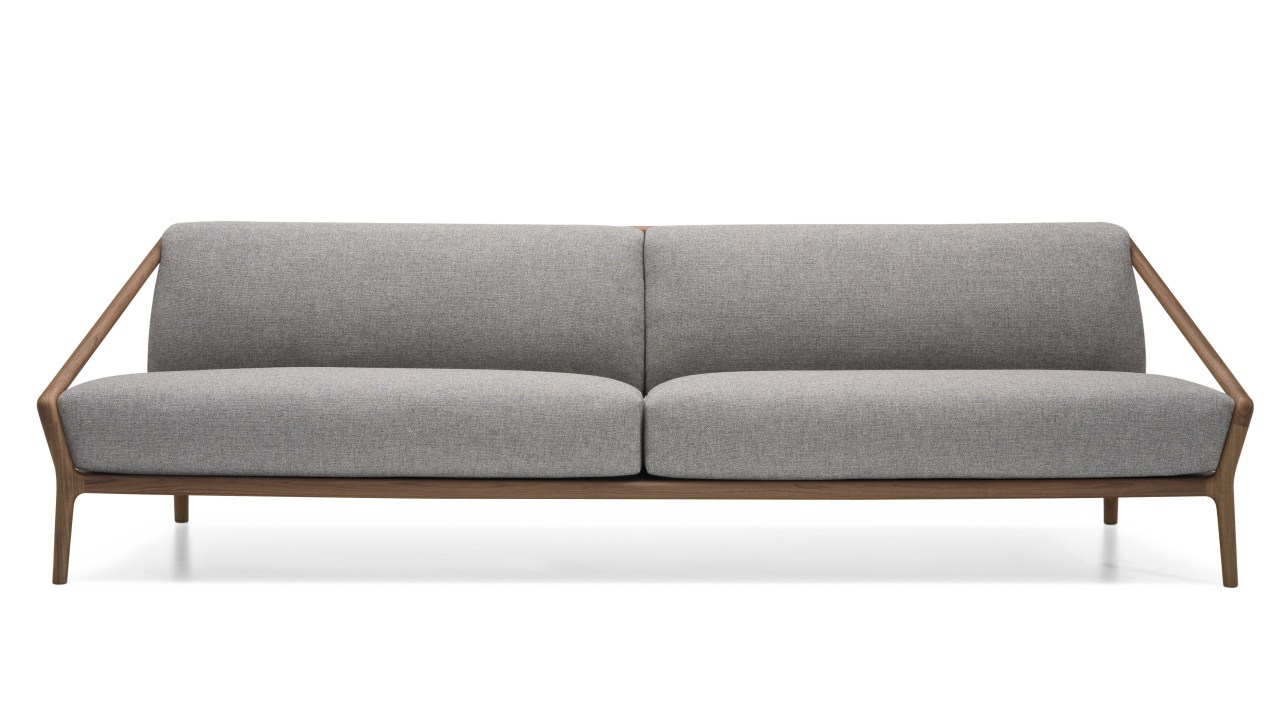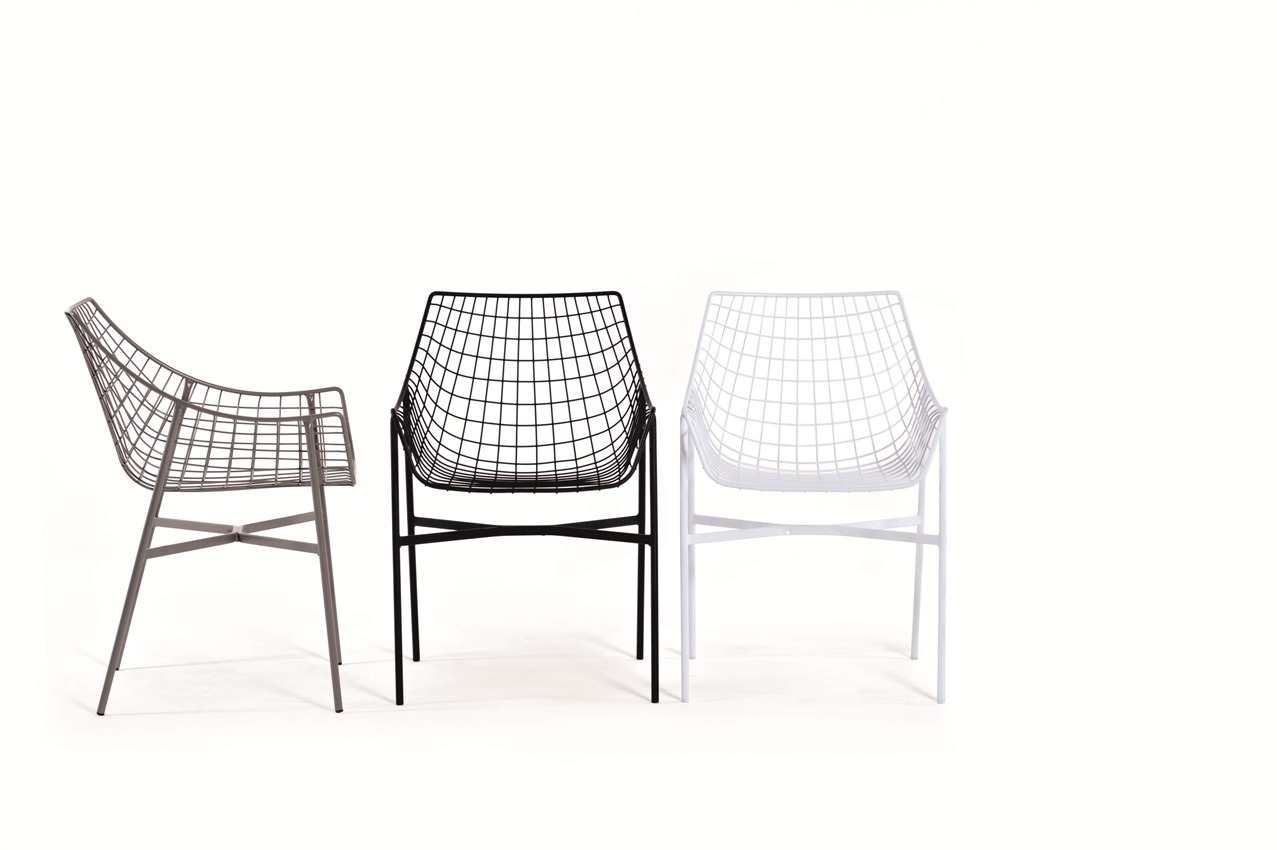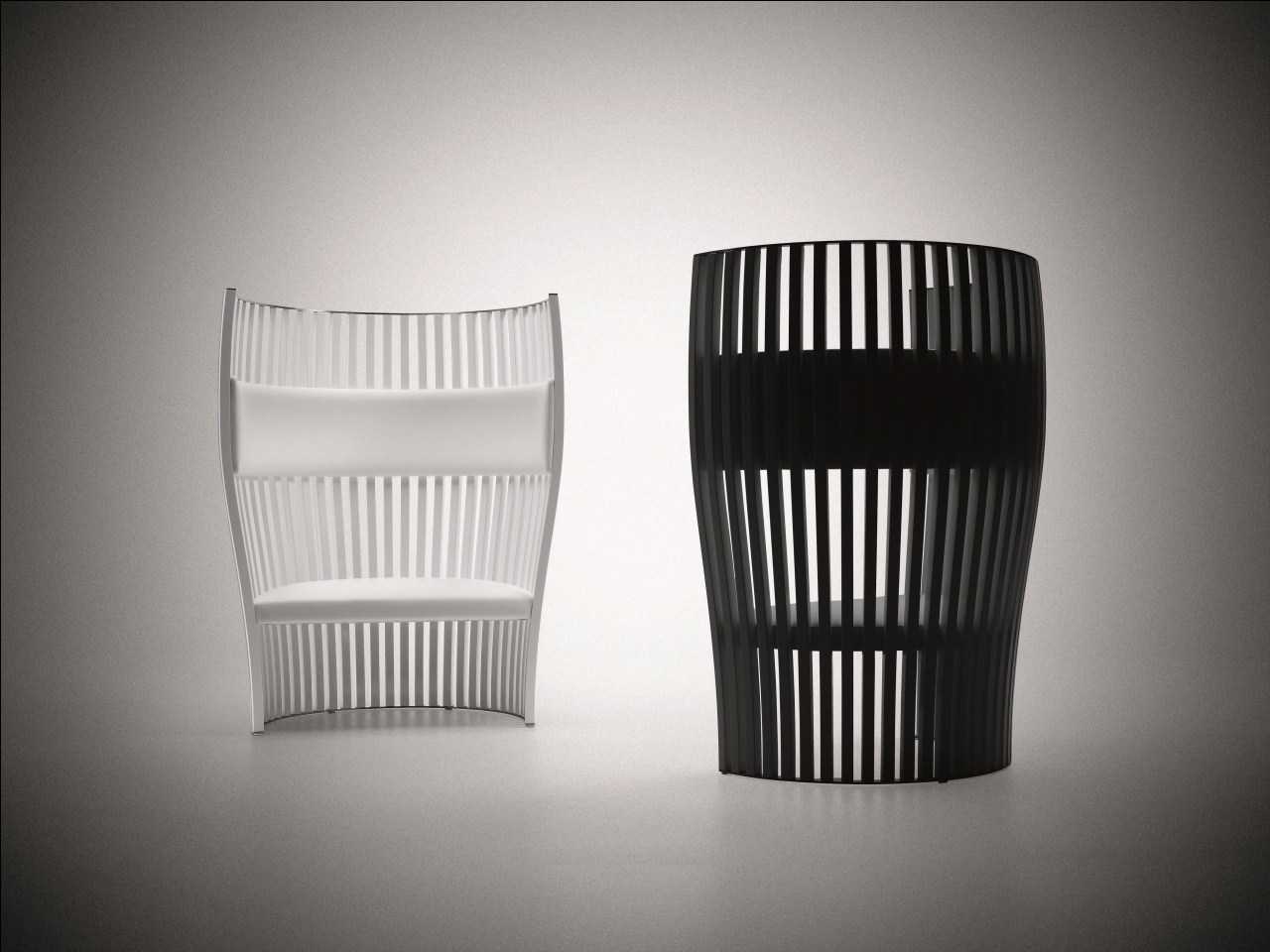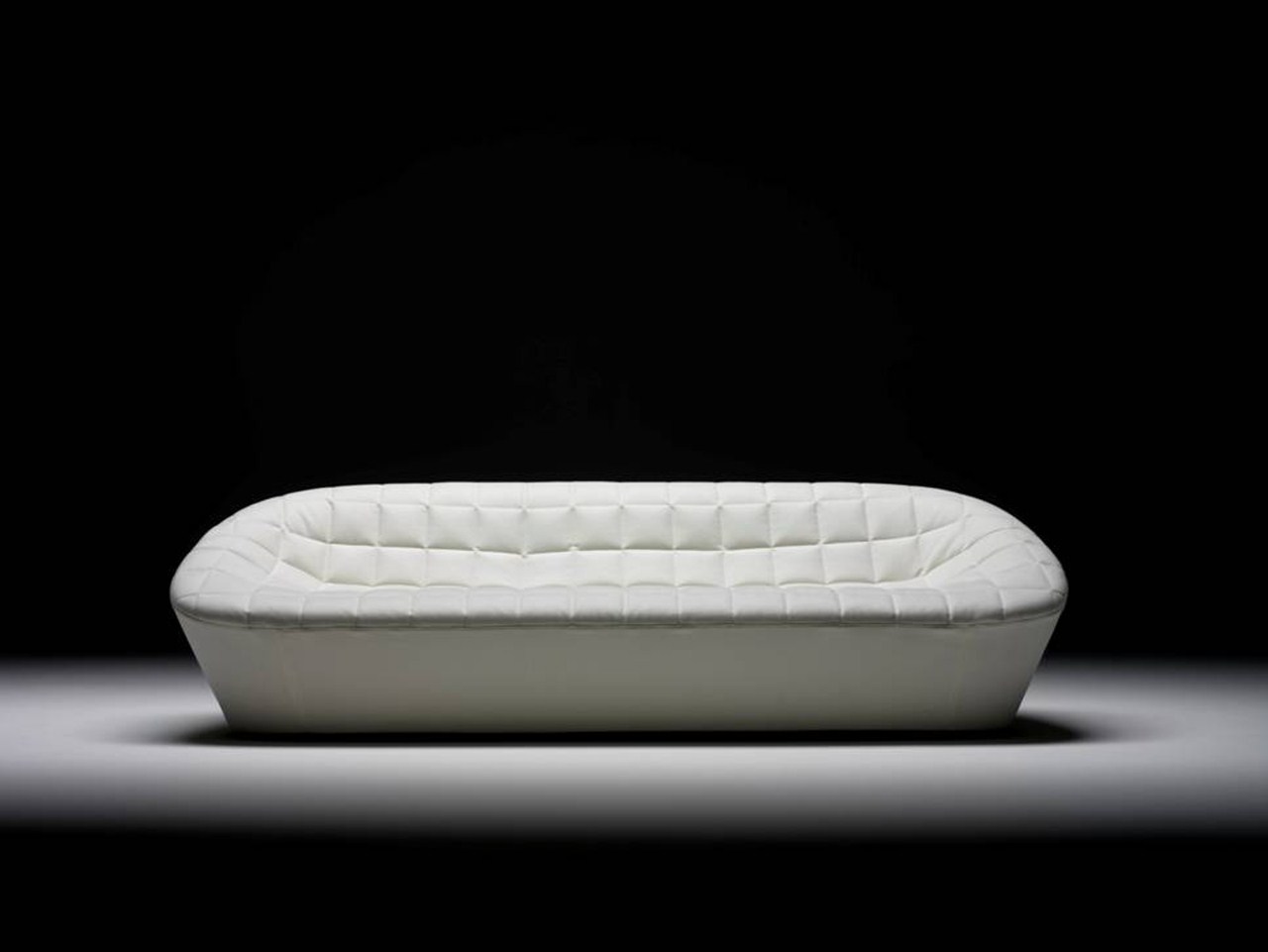Christophe Pillet is a French designer who has won international acclaim for the spectrum and quality of his creations. Architecture, objects, furniture, art direction: his signature is invariably associated with the finest brands and projects of everincreasing weight and prestige. From transforming the Lancel boutiques across France and the rest of the Worldwide, designing the new Hotel Sezz in St Tropez, and the restaurant Guilo Guilo in Paris, to creating stands for Renault at international automobile shows: the scope and the variety of his projects share a common attitude, independent of scale. Whether it be as design director for Lacoste, or in long-term collaborations with Driade, Cappellini and Emu, his considered interpretations are a testament to high-voltage chic, distinguished both by its precision and rigor. If a Pillet style exists, it is that of efficiency and service, in the sense of sexual functionality: the ability to crystallize, in the project, the excitement of the proposition. Collaborations over time, such as those with Catherine Malandrino and John Richmond, signify his interaction with the Worldwide of fashion, a domain which is particularly dependent on the art of seduction. Pillet's works also indicate a capability, still rare in France, to achieve recognition on a global scale (in Japan, the US, Great Britain). The sensitive, material translation of a happy relationship with the Worldwide – which, logically, is oblivious to borders.
Pillet's ranges were originally Italian. There were certainly few places as magical as Milan for designers in the 1980s. Business in Italy has never ceased to be a family affair, where major companies remain loyal and the idea of the meeting is still privileged. Having been awarded his diploma from the Domus Academy (master class), he became part of the Memphis group (as an assistant to Martine Bedin, and Michele De Lucchi), when they led the vanguard of a new approach to design. Upon his return to Paris, Pillet was involved in the development of the Starck agency, during the period when American hotel interiors and the toothbrush were subject to a major reinvention.
Having graduated from extra to actor, Pillet would take on the role of director in 1993 with the creation of his own agency. In the same year he was nominated 'Designer of the Year' at the Salon du Meuble de Paris, and his independent career was launched. His personality and his career offer distinctive characteristics. Whilst having an art school background (he studied in Nice), he initially launched a music career: he has retained a taste for certain rhythms and time signatures, as well as a search for harmony. Displacement, travel, transit - an interest in movement has never ceased to be present. Pillet is not a native of the southeastern France but spent his adolescence in Nice; in the 80s, he was a young designer in Italy. Today he is a designer developing international projects in France, a country which is hardly the champion of this outward-looking approach. Design welcomes this desire for ubiquity, that of gaining intimacy with a problematic as well as the maximum distance possible, creating the conditions for innovation. This is attested to by the attention that is now devoted to architecture in the agency's projects, or the emphasis on 'modest' projects, in which practical character and economy are privileged exclusively over any other criteria. To movement, encounters and curiosity respond; between dissipation and concentration, fantasy and rigor, they are an inexhaustible source of dynamic richness for projects, as well as their international developments.
INTERVIEW
What is design for your life? What does design mean for you
Oh, what does design mean for me? I mean, design is just a sort of materialization of normal life. A lot of things that design is an advance, design is inventing in the world. But I always believe that design is just turning an object into a product. What I have in mind is the sense of a better way to live. For me design is just a very normal thing. Putting in image, putting in a product the expectation of people to live better. Yes, I think it is really what design means for me. Design is not anything else but creating environments for living better.
Please describe the changes in design over the last 20 years.
Oh, there was a lot of change. But maybe the last change that happened and it is often a change in some ways towards a revolution. How can I explain that….
Objects in the past used to be very much concerned with functionality, they were very much related to the economy, they were very much related to, as I said again, functionality. I think functionality is no longer a need. I don’t say that a product does not function. I‘d say it’s the base. I think the recent revolution is working out how the product has to talk to the affection of people, to the love of people. Let me explain that. In our society, I am talking about western societies; we don’t buy objects or product because we need them. Everybody has got cars, everybody has got furniture, everybody has got ipods and everybody has got everything and everything is working very well and we don’t need objects because everything is real enough. If we want a new object /product it’s not because we need them but because we have the desire for new things. And what has changed the last 20 years was this evolution of valuing into the object coming into a product or object as sort of icons of modernity. Now objects have to be things that you have to fall in love with, objects that you need a strong, dense story to be told. And now the design is not only inventive in new modern ways or new modern tasks. I think designer is like a writer or a movie maker. He is telling a story and using products as a media to telling stories. For me this is the biggest change.
Which designers/architects have influenced your work the most?
So many of them you know. So many, from many eras, from a long time ago until to now. I can be very influenced and respectful for designers from the past. I know for example that one designer is named Andrea Branvi that decided me to become a designer. I was always interested in his work. A long time ago I was looking Philippe Starck as someone very influential and from the past people like Charles Eames, Albert Frank, John Lautner, Oscar Niemeyer and more recently I think people like Naoto Fukasawa from Japan are very very important people for design. I don’t know if they are towards me but I am looking very in the mature way of what they are doing, in the way they are doing it.
What item have you envied because of its design?
So many. I don’t need to have them. I don’t have any desire for possessing a product. I am looking to the mental way, the conceptual way, in the intelligent way. I can be very jealous of some products that some colleagues have done, not because I want them but because I would like to have the idea or the conceptual process to do them.
Do you believe that design assists in the creation of a “better” world?
I think it’s one of the goals, I don’t know if a designer would say goal but from my point of view I would say yes! I mean I don’t see myself making a product which had more constraints, which is not making our life easier. By life I don’t mean only the practical/ functional way it’s also the emotional way. So definitely I think if we buy an object, it would make us much more happy. In that sense I would say definitely yes!
Should design be more inexpensive or does it deserve to be paid for at a high price?
The thing is, this is a hundred years old discussion. We only have this kind of discussion in the design field. If you are talking about cars, if you are talking about fashion we don’t have that. We all believe that price is connected to value and a good price is what an object deserves for being the substance of such a value….
A product which has no value should not be expensive. A product that has a lot of value but the value is not only functional, it is also conceptual, emotional, historical, it then deserve a better value, deserve a more expensive price. I really believe this, prices of products is not clearly connected with the quantity of materials they are made of. They are really connected with the value of recognizing them.
What led you to become involved in design?
I don’t really know. It was very like random. I never intended to be a designer. It just happened during the 80s. I was more a musician at this time and I discovered design with a new radical movement of Italian designers, you know Memphis and I said “oh that’s cool” and I wanted to do the same thing. And at the beginning I was just faking to be a designer. I was in an Art School, everybody was an artist or everybody was working in communication and I was just nothing. For gainning status I was faking I was a designer but I was not. People started believing that I was a designer and I had a triumph! It started like a game…
If you were not a designer, what other profession would you have chosen?
I would have loved to be a musician. I was playing rock and funky and this kind of stuff.
